Large Indoor Plants are taking center stage in 2025, transforming homes into lush, vibrant sanctuaries. According to sources like House Beautiful, Better Homes & Gardens, and Apartment Therapy, oversized greenery is a top trend for adding bold style and natural beauty to interiors. Whether you’re a renter in a cozy apartment or a homeowner with spacious rooms, Large Indoor Plants offer a striking way to elevate your space. They purify the air, boost mood, and create a calming ambiance, making them perfect for modern home decorators and plant enthusiasts alike. This article explores the best Large Indoor Plants for 2025, complete with care tips, design ideas, and answers to common questions to help you confidently bring greenery indoors.
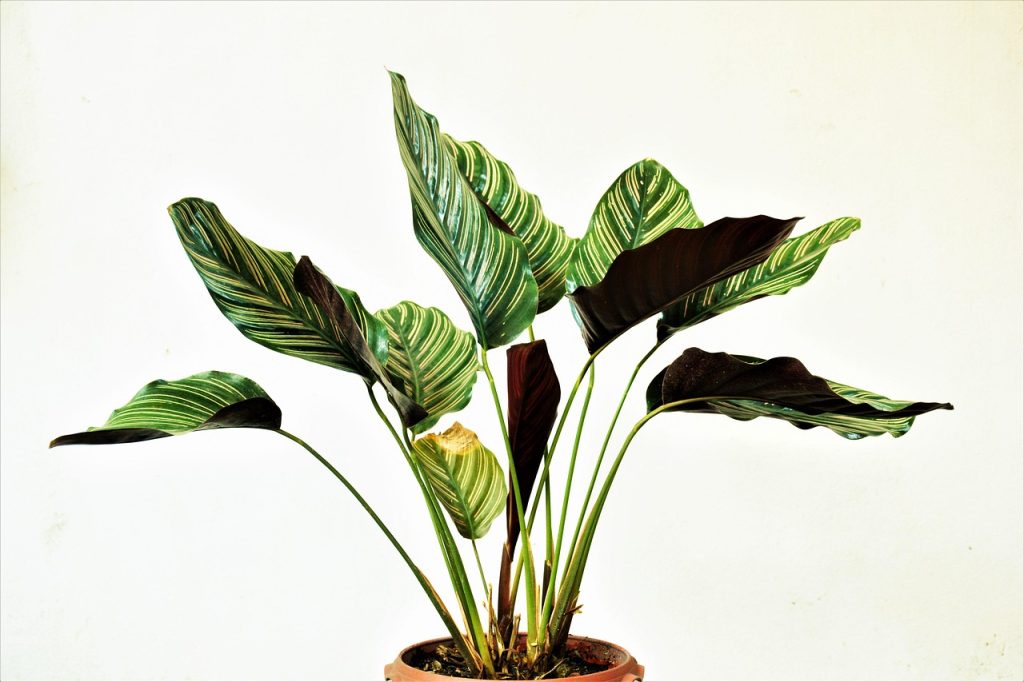
Why Large Indoor Plants Are Trending in 2025
In 2025, Large Indoor Plants are more popular than ever, driven by a desire for biophilic design and sustainable living. House Beautiful highlights their ability to make bold statements while being relatively easy to care for, appealing to both novice and experienced plant parents. Apartment Therapy notes a shift toward quality over quantity, with oversized plants like fiddle leaf figs and monsteras dominating Instagram-worthy interiors. These plants not only enhance aesthetics but also improve air quality by removing toxins like benzene and toluene, as noted by Homes & Gardens. Their versatility suits various spaces, from minimalist apartments to eclectic homes, making them a must-have for creating a serene, nature-inspired vibe.
Benefits of Large Indoor Plants
- Cleaner Air: Plants like ZZ plants and kentia palms filter indoor pollutants, promoting a healthier environment.
- Natural Décor: Their bold foliage adds texture and color, serving as focal points in any room.
- Improved Ambiance: Large Indoor Plants reduce stress and enhance mood, as supported by the Pennsylvania Horticulture Society’s focus on horticulture as therapy.
- Versatility: They fit diverse aesthetics, from tropical jungles to modern minimalist spaces.
Top Large Indoor Plants to Consider
Here’s a curated list of five popular and manageable Large Indoor Plants for 2025, each chosen for its visual impact and suitability for indoor home environments. Each plant includes care instructions, pros, cons, and an image suggestion to inspire your setup.
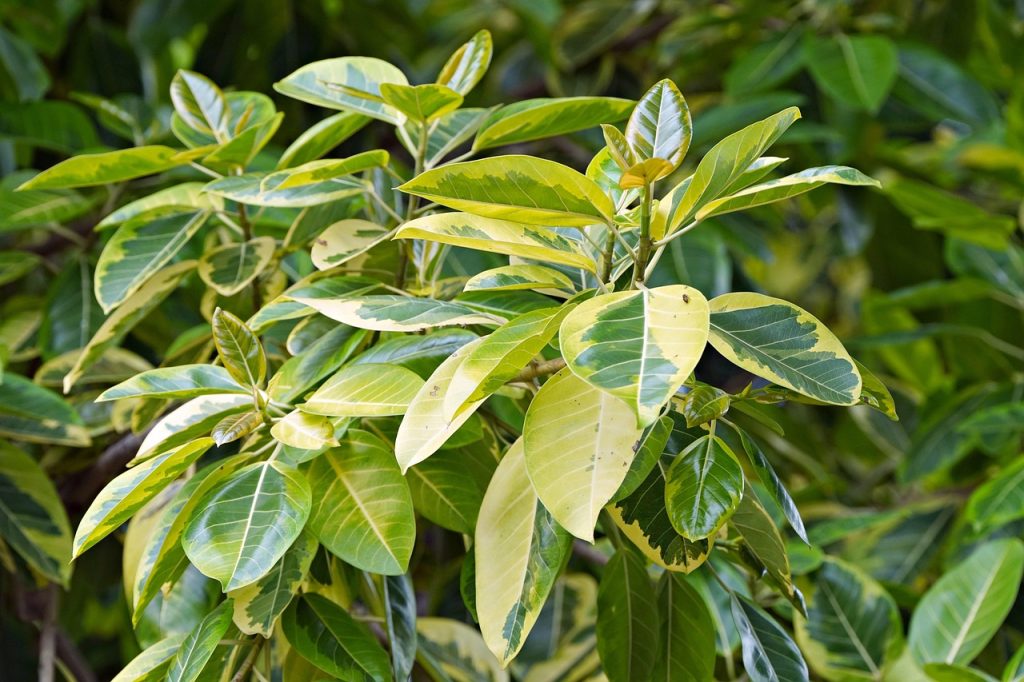
Fiddle Leaf Fig (Ficus lyrata)
Description: Known for its large, glossy, violin-shaped leaves, the fiddle leaf fig is a favorite for its sculptural beauty, as highlighted by House Beautiful. It can grow up to 6–10 feet indoors, making it a stunning statement piece. Image Suggestion: A fiddle leaf fig in a woven basket placed in a bright living room corner.
Care Tips:
- Light: Bright, indirect light; avoid direct sun to prevent leaf burn.
- Watering: Water when the top inch of soil is dry, typically every 1–2 weeks.
- Size: 6–10 feet tall, 2–3 feet wide.
- Care Difficulty: Moderate; sensitive to overwatering and drafts.
Pros: Striking aesthetic, air-purifying, suits modern interiors.
Cons: Toxic to pets, requires consistent light, and can be finicky if moved frequently.
Monstera Deliciosa (Swiss Cheese Plant)
Description: The monstera’s large, fenestrated leaves with natural splits create a tropical vibe, as seen in House & Garden’s 2025 trends. It grows 6–10 feet indoors and is a social media darling. Image Suggestion: A monstera in a ceramic pot beside a sunny window in a boho-style room.
Care Tips:
- Light: Bright to medium indirect light; tolerates some shade.
- Watering: Water every 1–2 weeks when soil is slightly dry.
- Size: 6–10 feet tall, 3–5 feet wide.
- Care Difficulty: Easy to moderate; forgiving of occasional neglect.
Pros: Bold, artistic leaves, relatively easy care, fast-growing.
Cons: Toxic to pets, needs space for sprawling growth, can attract dust on leaves.
Rubber Plant (Ficus elastica)
Description: With its dark, glossy leaves, the rubber plant adds elegance to any space, as noted by Better Homes & Gardens. It can reach 6–8 feet indoors, perfect for filling vertical space. Image Suggestion: A rubber plant in a sleek black pot in a minimalist dining area.
Care Tips:
- Light: Bright, indirect light; tolerates medium light but grows slower.
- Watering: Water when the top inch of soil is dry, about every 1–2 weeks.
- Size: 6–8 feet tall, 2–3 feet wide.
- Care Difficulty: Moderate; needs regular dusting and stable conditions.
Pros: Glossy, attractive foliage, air-purifying, suits contemporary décor.
Cons: Toxic to pets, sensitive to overwatering, leaves drop if stressed.
Bird of Paradise (Strelitzia reginae)
Description: This plant’s large, banana-like leaves and potential for vibrant orange blooms make it a dramatic choice, as praised by House Beautiful. It grows 4–6 feet indoors, ideal for tropical aesthetics. Image Suggestion: A bird of paradise in a terracotta pot near a glass door in a sunroom.
Care Tips:
- Light: Bright, direct light; thrives near south-facing windows.
- Watering: Water every 1–2 weeks, keeping soil moist but not soggy.
- Size: 4–6 feet tall, 3–4 feet wide.
- Care Difficulty: Moderate; requires high light and humidity.
Pros: Exotic look, potential for blooms, adds tropical flair.
Cons: Toxic to pets, needs ample light, slower to bloom indoors.
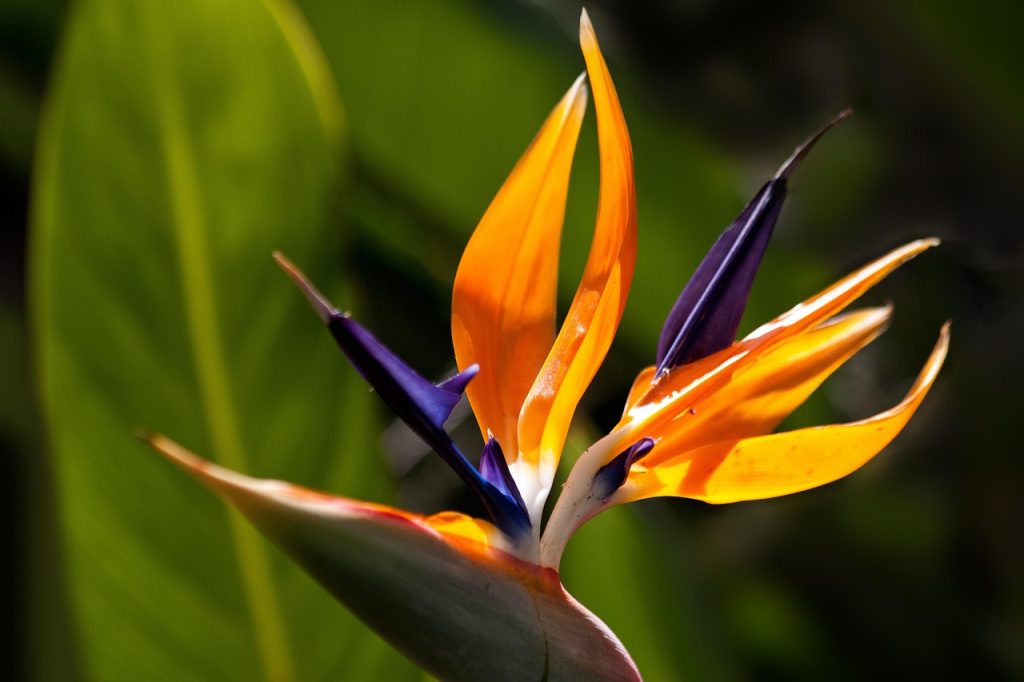
Kentia Palm (Howea forsteriana)
Description: The kentia palm’s feathery, arching fronds bring a soft, tropical vibe, as noted in House Beautiful’s 2025 trends. It can grow 6–12 feet indoors, perfect for large spaces. Image Suggestion: A kentia palm in a woven planter in a bright, airy living room.
Care Tips:
- Light: Low to bright indirect light; highly adaptable.
- Watering: Water every 1–2 weeks when soil is dry to the touch.
- Size: 6–12 feet tall, 4–5 feet wide.
- Care Difficulty: Easy; very forgiving for beginners.
Pros: Pet-friendly, low-maintenance, thrives in low light, air-purifying.
Cons: Slow-growing, needs space for wide fronds, higher initial cost.
Design & Placement Tips
Large Indoor Plants can transform your home when placed thoughtfully. Here are tips to maximize their visual impact and ensure they thrive, inspired by Apartment Therapy and Homes & Gardens.
Best Locations for Light and Space
- Corners: Place fiddle leaf figs or kentia palms in corners to soften angles and fill empty spaces. Ensure bright, indirect light for figs and moderate light for palms.
- Beside Windows: Monsteras and bird of paradise thrive near east- or south-facing windows with filtered light. Use sheer curtains to prevent leaf burn.
- Living Rooms: A rubber plant or monstera in a living room adds drama. Position near seating areas for a cozy, inviting feel.
- Entryways: Kentia palms in wide foyers create a welcoming vibe, as they tolerate lower light and add elegance.
- Bedrooms: Opt for pet-friendly kentia palms or low-light-tolerant monsteras to promote relaxation without overwhelming smaller spaces.
Styling Large Plants as Statement Pieces
- Choose Stylish Pots: Use woven baskets for a boho look, ceramic pots for modern vibes, or terracotta for a rustic feel. Ensure pots have drainage holes.
- Elevate with Stands: Raise smaller Large Indoor Plants like bird of paradise on plant stands to enhance their height and prominence.
- Group for Impact: Pair a tall kentia palm with smaller plants like pothos or ferns for a layered, jungle-like effect, as seen at Chelsea Flower Show 2025.
- Minimalist Approach: For minimalist interiors, a single fiddle leaf fig or rubber plant in a sleek pot creates a clean, sophisticated focal point.
- Maximalist Jungle: Combine monsteras and kentia palms with trailing plants like pothos for a bold, eclectic look, as trending in 2025.
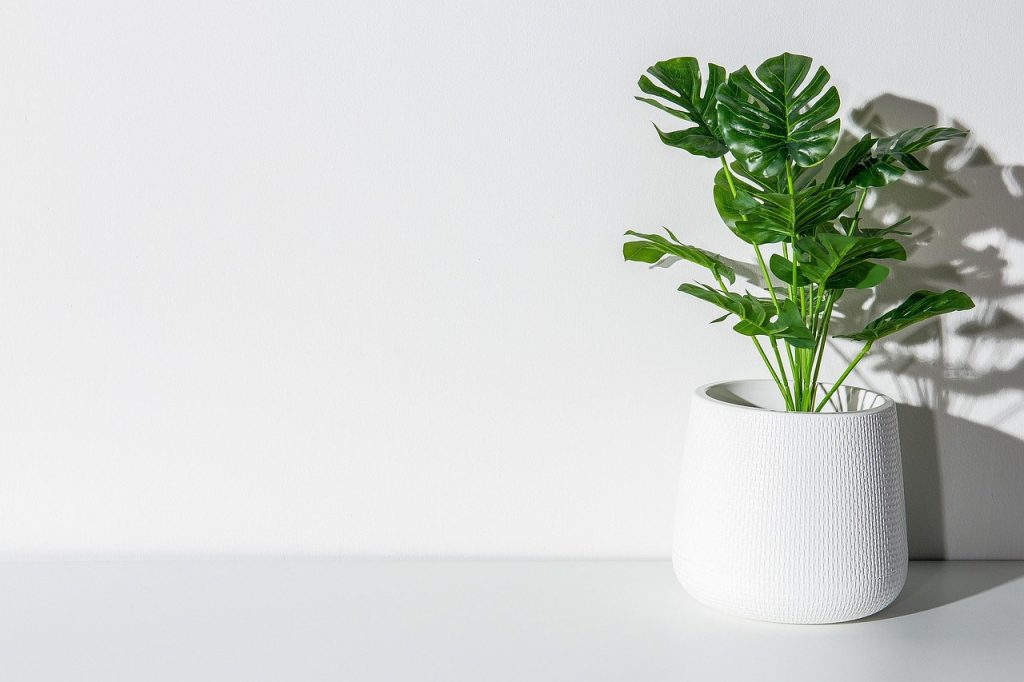
Care & Maintenance Essentials
Caring for Large Indoor Plants is straightforward with the right approach. These tips, drawn from Gardening Know How and Better Homes & Gardens, ensure your plants stay healthy and vibrant.
Watering
- General Rule: Water most Large Indoor Plants when the top 1–2 inches of soil feel dry, typically every 1–2 weeks. Overwatering is a common mistake, so ensure proper drainage.
- Specific Needs: Bird of paradise prefers consistently moist soil, while kentia palms and fiddle leaf figs tolerate slight dryness. Use a moisture meter for accuracy.
- Tip: Use filtered or distilled water for sensitive plants like monsteras to avoid mineral buildup.
Repotting
- When to Repot: Repot every 1–2 years or when roots become crowded. Spring is ideal, as plants are actively growing.
- How to Repot: Choose a pot 2–4 inches larger in diameter with drainage holes. Use well-draining potting mix, like a blend for tropical plants.
- Plants to Watch: Monsteras and rubber plants may need repotting sooner due to fast growth.
Pruning and Dusting Leaves
- Pruning: Trim yellow or damaged leaves with clean scissors to encourage growth. For monsteras, cut back leggy vines to maintain shape. If pests appear, check out How to Get Rid of Bugs on Indoor Plants for effective solutions.
- Dusting: Wipe large leaves (e.g., fiddle leaf fig, rubber plant) with a damp cloth monthly to remove dust and improve photosynthesis.
- Tip: Rotate plants every few weeks to ensure even light exposure and balanced growth.
Light Needs for Common Varieties
- Bright Indirect Light: Fiddle leaf fig, rubber plant, monstera (east- or south-facing windows with sheer curtains).
- Low to Medium Light: Kentia palm, monstera (tolerates lower light but grows slower).
- Direct Light: Bird of paradise (needs bright, direct light for potential blooms).
- Tip: Use grow lights like Hygger or GE LED for low-light spaces, set to 6–8 hours daily.
Troubleshooting Common Issues
- Yellowing Leaves: Often due to overwatering (check soil drainage) or insufficient light (move closer to a window).
- Leaf Drop: Caused by drafts, sudden moves, or low humidity. Keep plants in stable conditions and mist kentia palms or bird of paradise for humidity.
- Pests: Spider mites or mealybugs may appear. Treat with neem oil or insecticidal soap, as recommended by Gardening Know How.
- Slow Growth: Ensure adequate light and consider a diluted liquid fertilizer (e.g., 10-10-10) monthly during spring and summer.
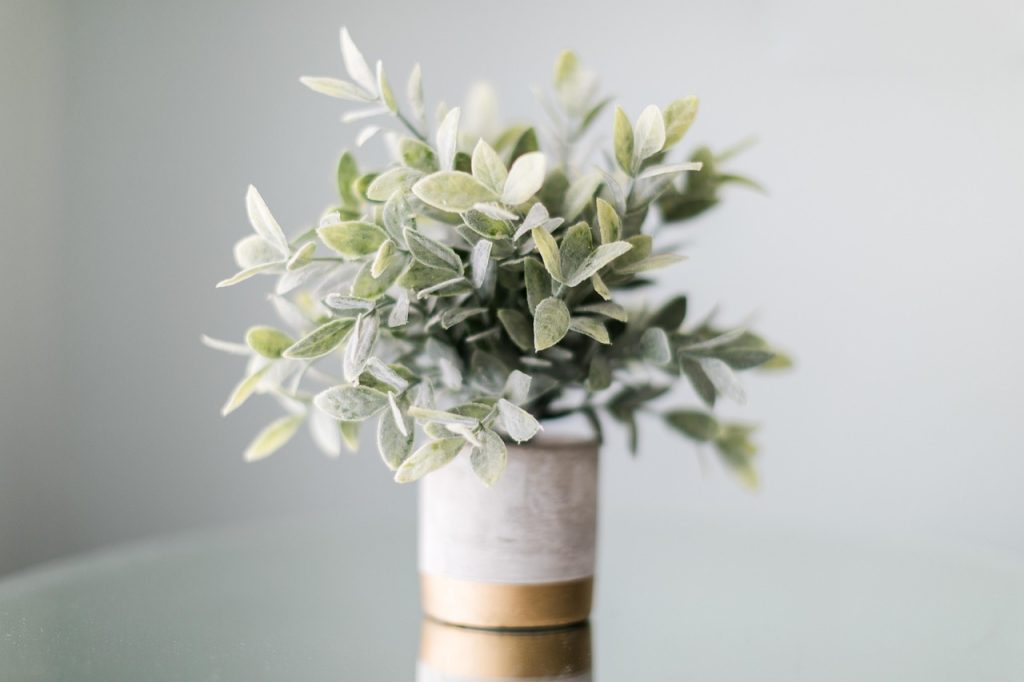
FAQs About Large Indoor Plants
The kentia palm is the easiest, thriving in low to bright indirect light with minimal watering. Its pet-friendly nature and slow growth make it ideal for beginners.
Yes, kentia palms and monsteras tolerate low light, though growth may slow. Better Homes & Gardens recommends placing them near north-facing windows or using grow lights.
Water every 1–2 weeks when the top inch of soil is dry. Bird of paradise may need more frequent watering, while kentia palms prefer slight dryness. Use a moisture meter for precision.
Choose pots with drainage holes, 12–18 inches in diameter for stability. Woven baskets, ceramic, or terracotta pots suit most aesthetics, as seen in Homes & Gardens. Ensure pots support the plant’s height and root system.
Conclusion
Large indoor plants, such as fiddle-leaf figs, monstera, rubber plants, bird of paradise, and kentia palms, are perfect for elevating your home’s style in 2025. These oversized beauties offer stunning visuals, cleaner air, and a calming ambiance, making them ideal for decorators and plant lovers. With simple care tips, proper lighting, moderate watering, and occasional pruning, you can keep these plants thriving. Whether placed in a cozy corner or by a sunny window, they transform any space into a lush retreat. Beginners can confidently start with low-maintenance options like the kentia palm, while seasoned plant parents can experiment with dramatic monsteras or bird of paradise. Embrace Large Indoor Plants to refresh your home with style and nature’s charm.